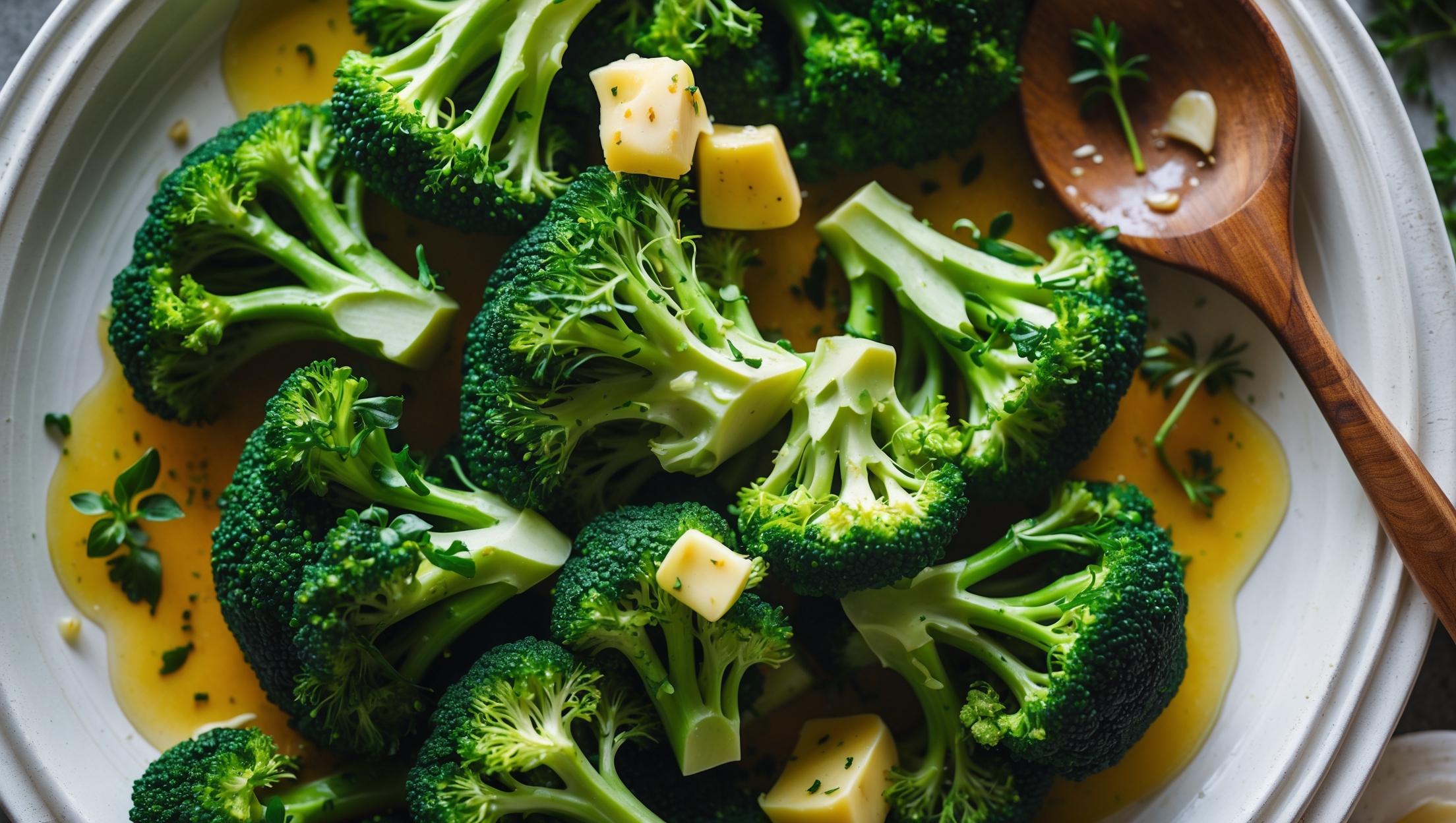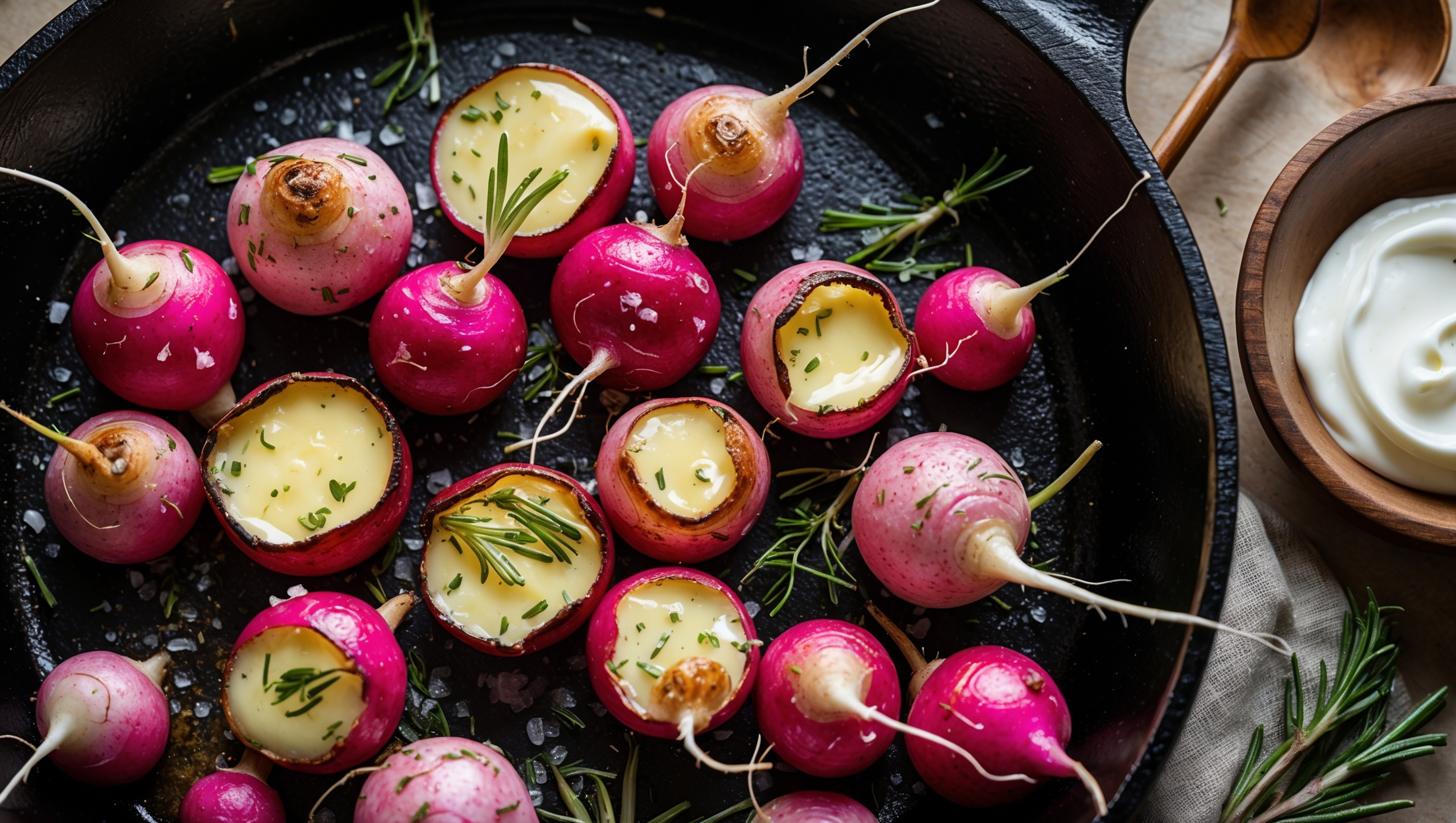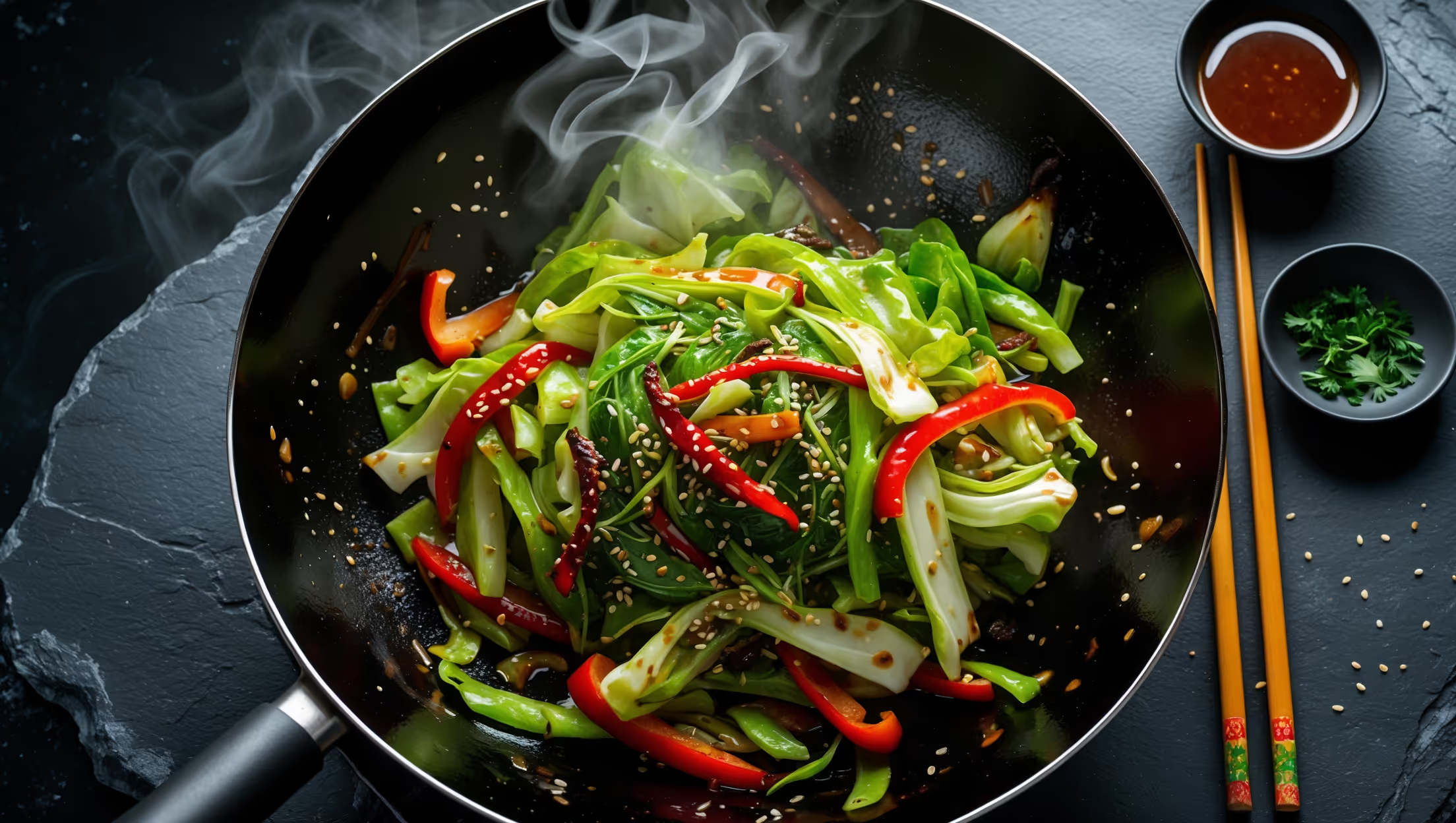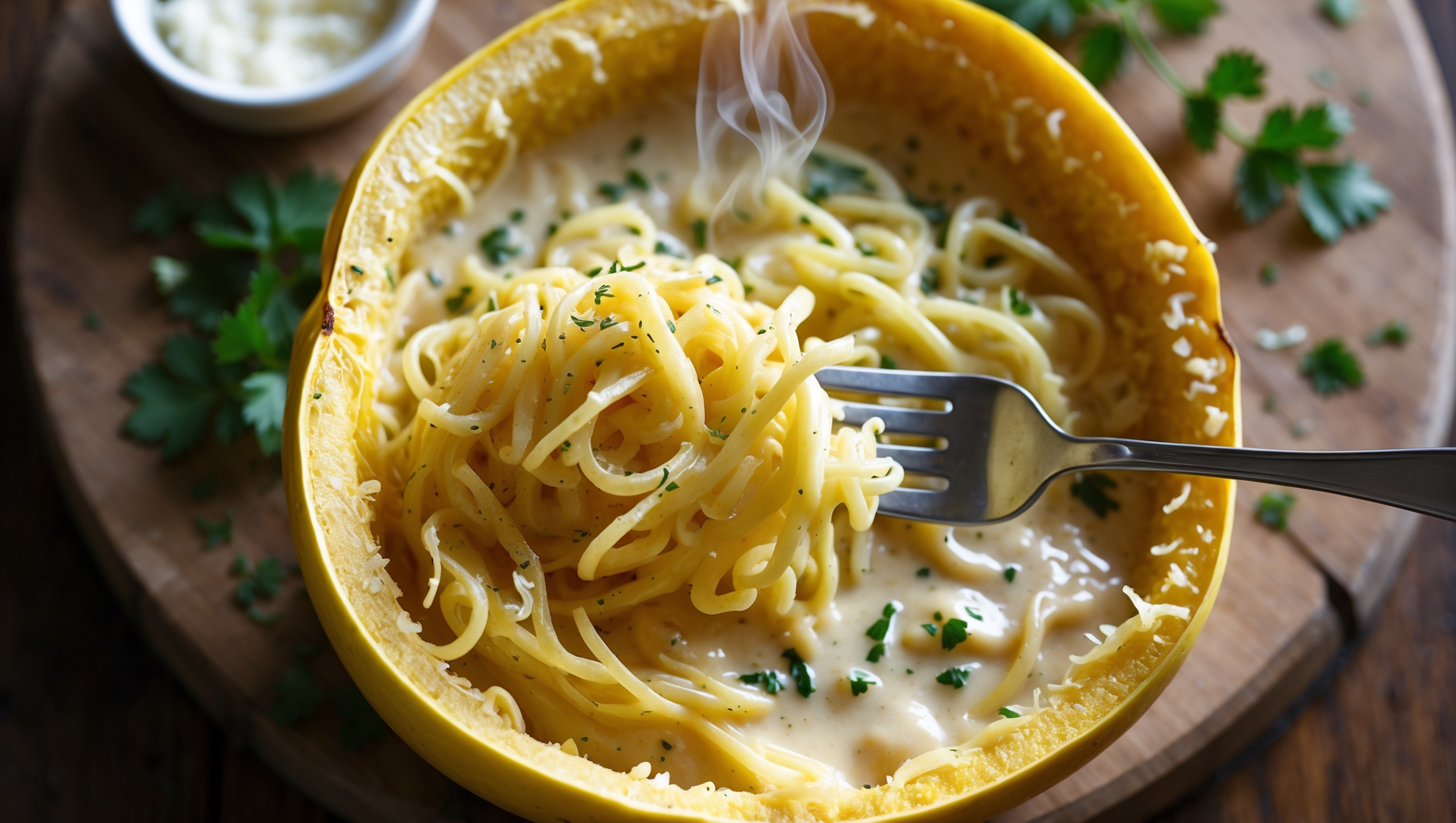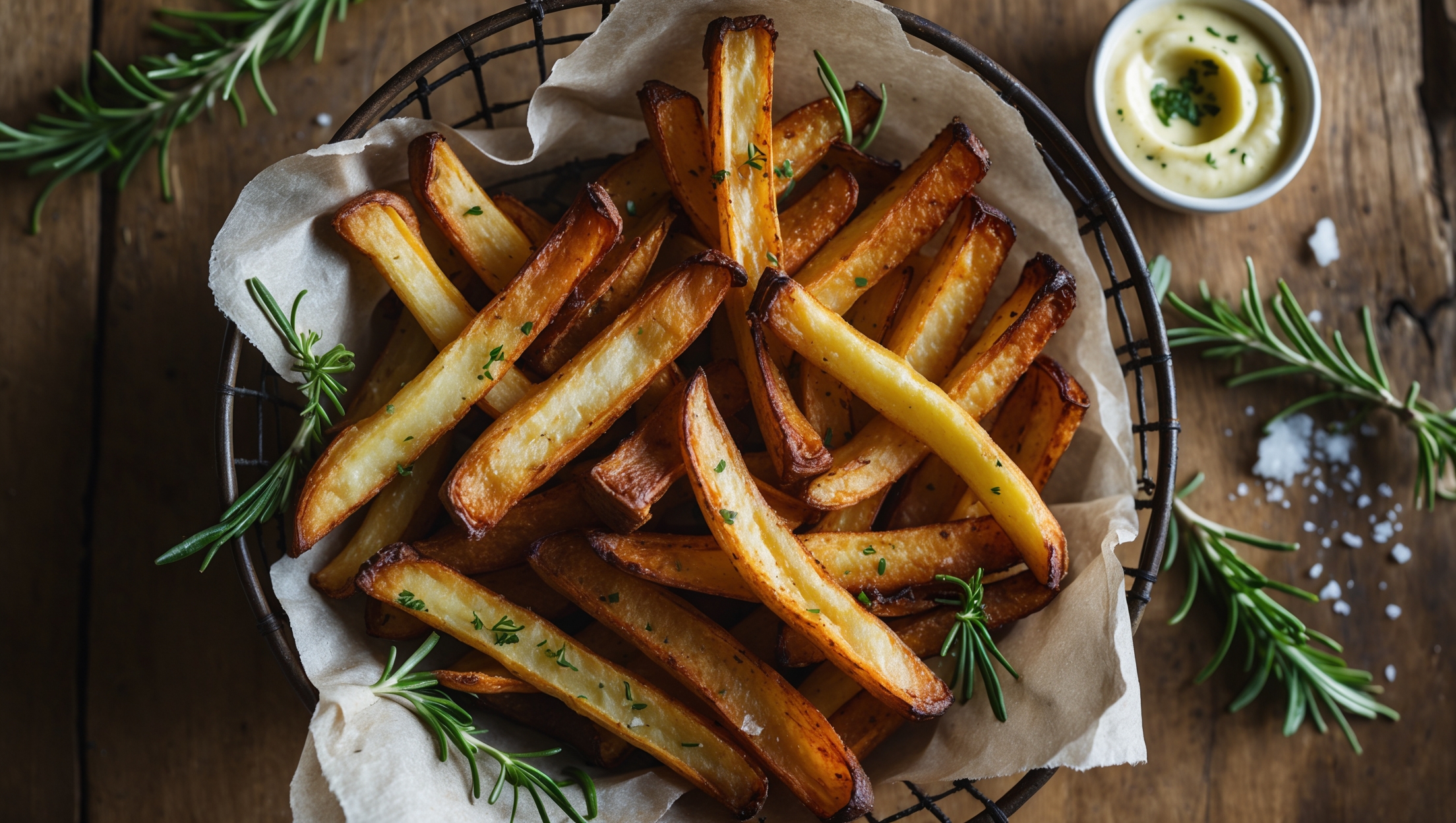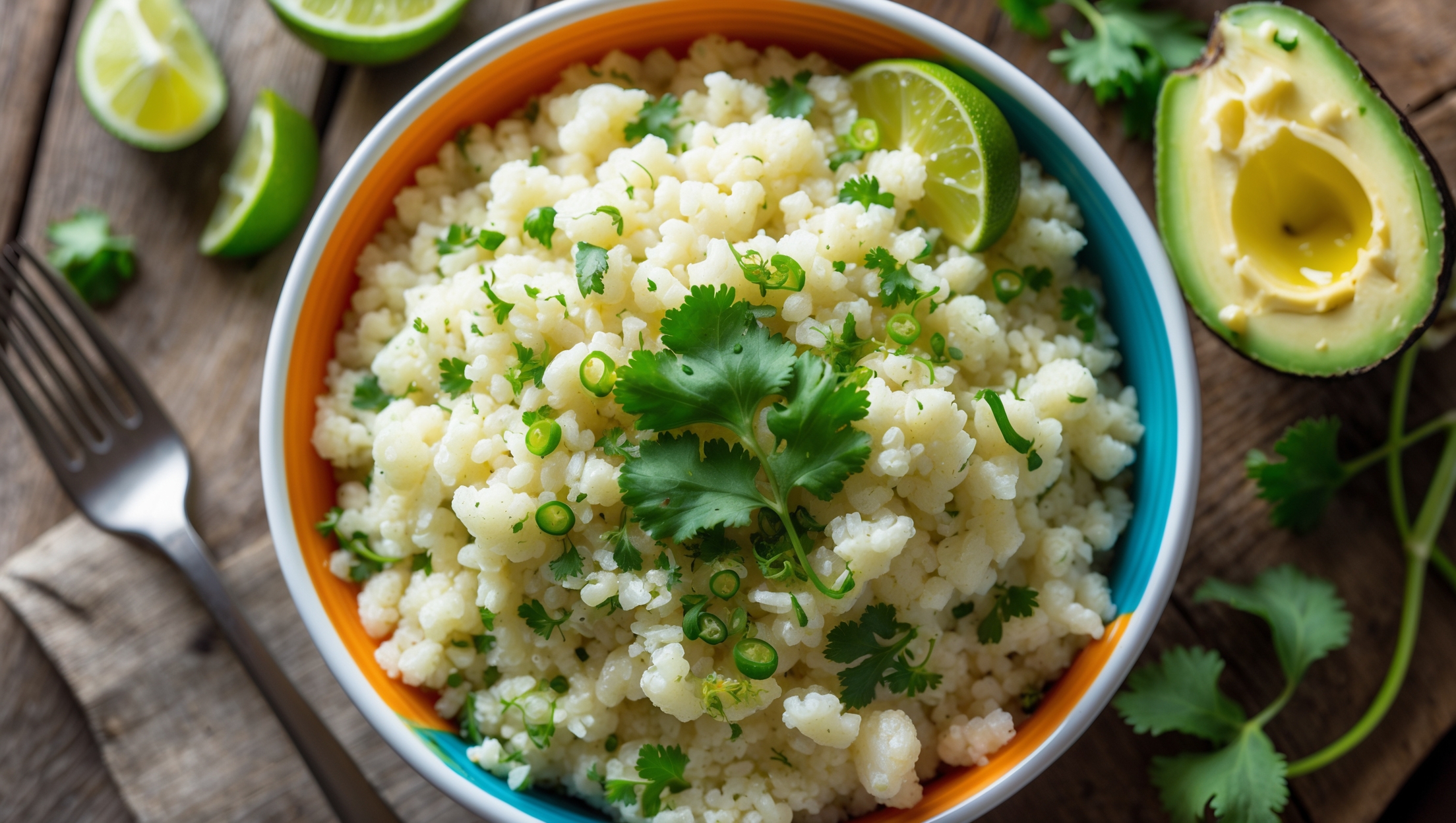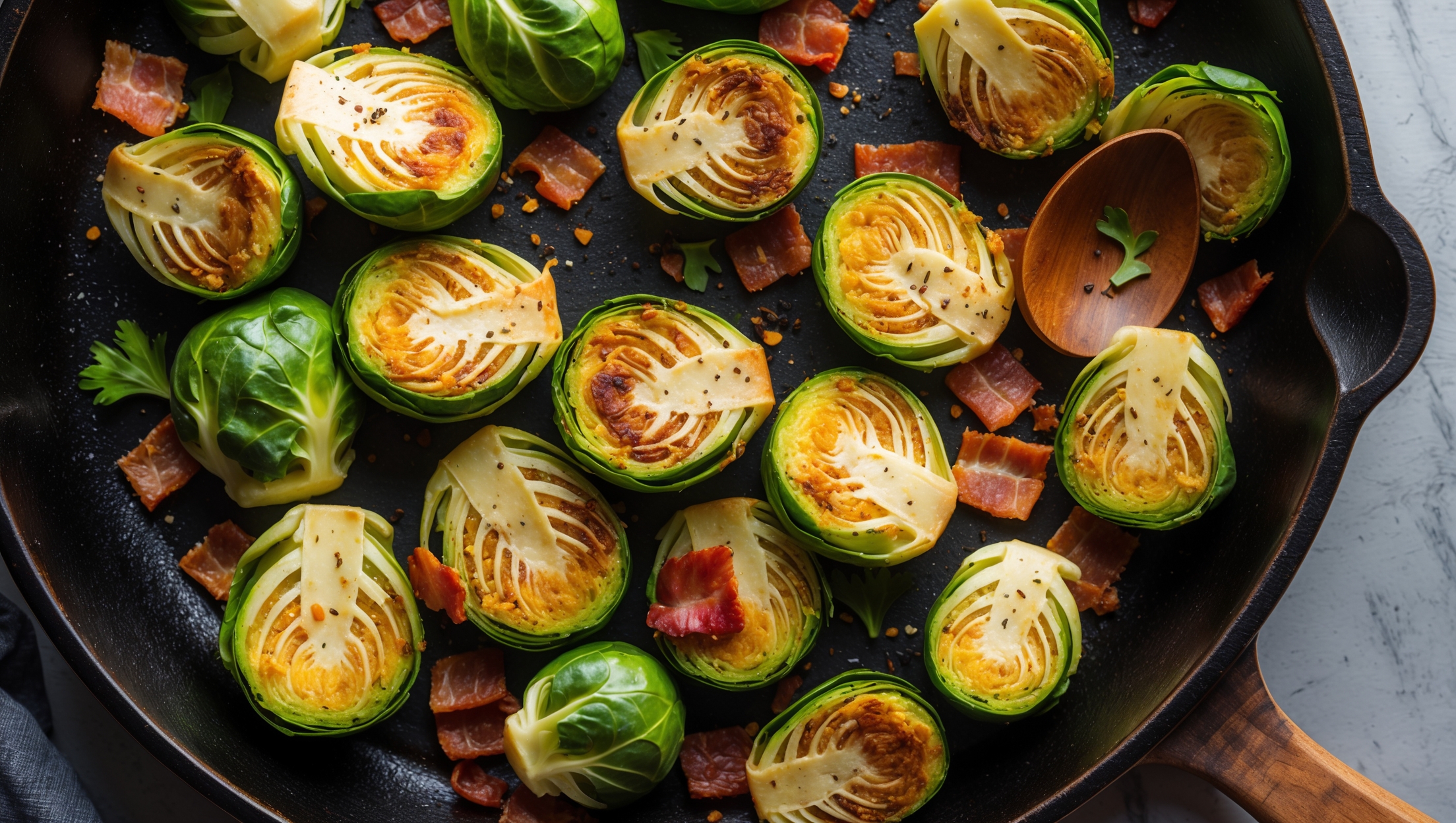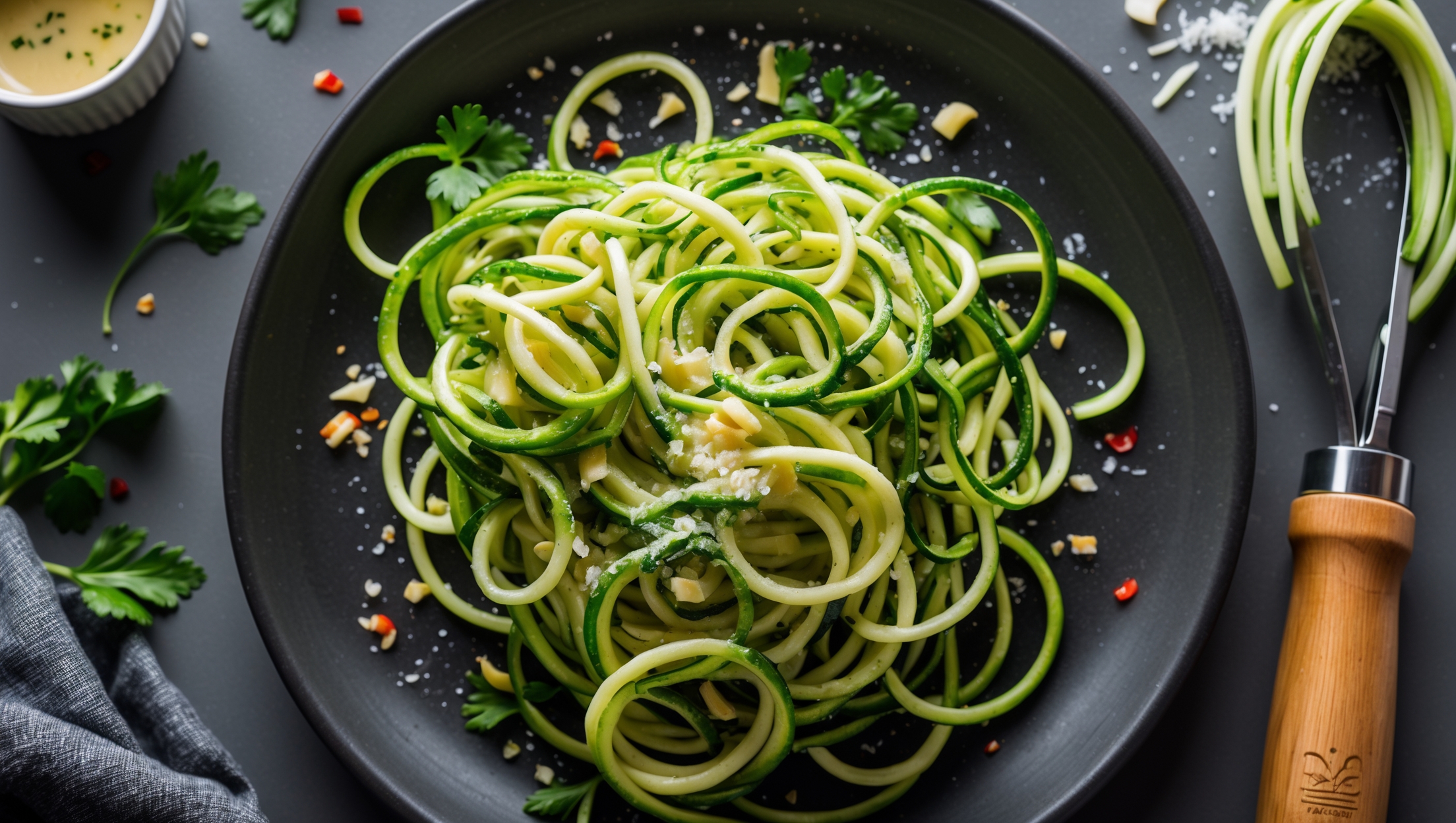Keto Shirataki Noodles Stir Fry Recipe
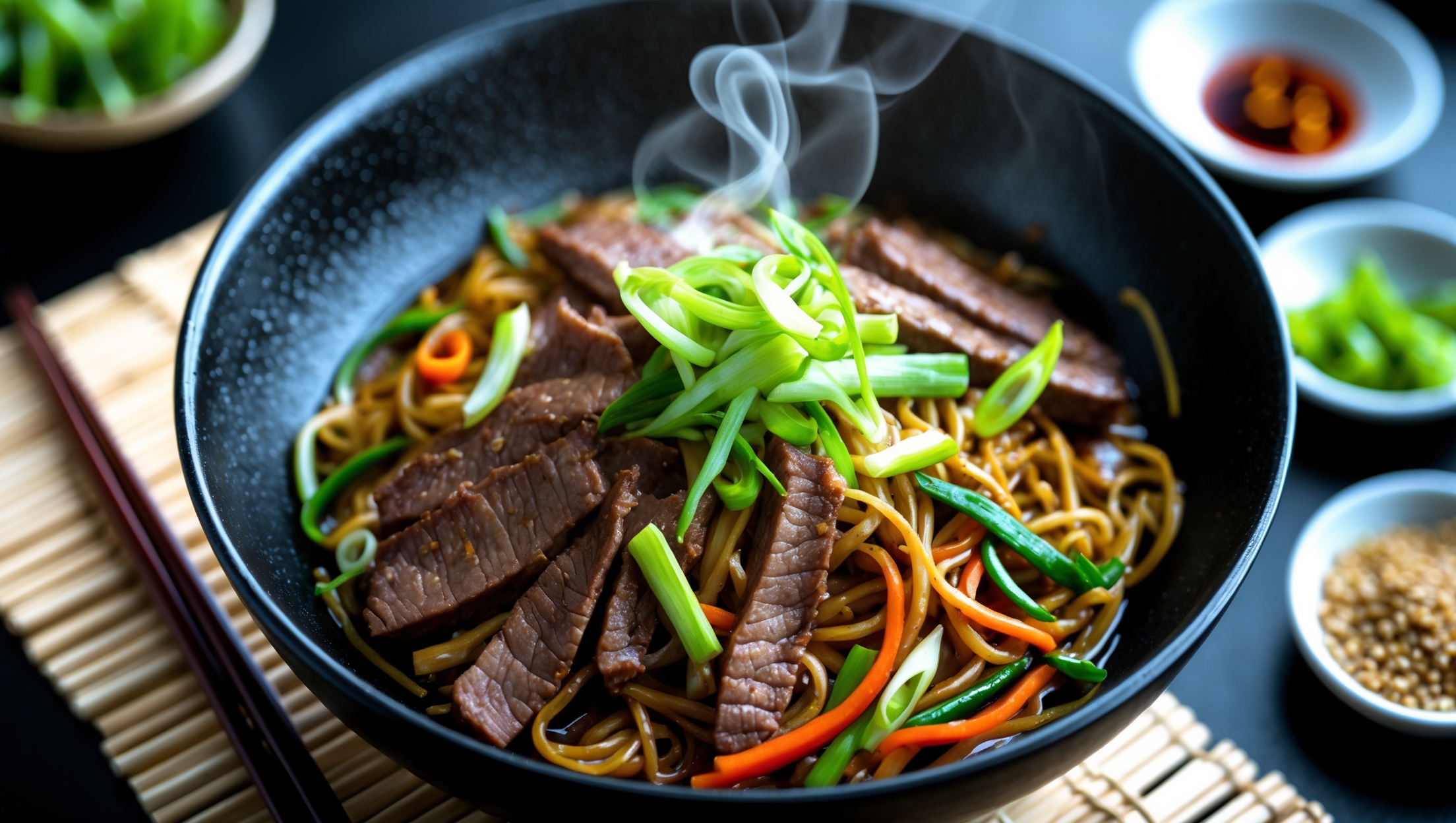
Ingredients
Equipment
Directions
FAQs
Find answers to your most pressing questions about this delicious recipe right here.
This keto stir fry uses shirataki noodles, protein (chicken or beef), avocado and sesame oils, garlic, ginger, bell peppers, broccoli, mushrooms, spring onions, and sesame seeds. The sauce contains coconut aminos, rice vinegar, erythritol, xanthan gum, and optional sriracha.
Learn how to cook Keto Shirataki Noodles Stir Fry by first properly preparing the noodles through rinsing and dry roasting to remove the fishy smell. Then stir-fry your protein, followed by aromatics and vegetables, before combining everything with a keto-friendly sauce thickened with xanthan gum. The entire process takes under 30 minutes for a quick weeknight meal.
Shirataki noodles come packed in liquid with a distinctive fishy odour. Thorough rinsing removes this smell, while dry roasting evaporates excess moisture, significantly improving texture. This crucial preparation process transforms the noodles from rubbery to more pasta-like, making them more enjoyable in the final dish.
This stir fry is keto-friendly because shirataki noodles contain virtually no digestible carbs. The recipe uses low-carb vegetables, relies on coconut aminos instead of high-sugar sauces, incorporates keto-approved sweeteners like erythritol, and emphasizes healthy fats from oils, meat, and sesame seeds.
Absolutely! You can easily swap in keto-friendly vegetables like bok choy, spinach, courgette, cauliflower florets, or cabbage. Just keep the total vegetable amount similar and adjust cooking times accordingly—heartier vegetables need longer cooking while leafy greens require just a quick toss at the end.
Keto Sides
Try following recommended recipes
